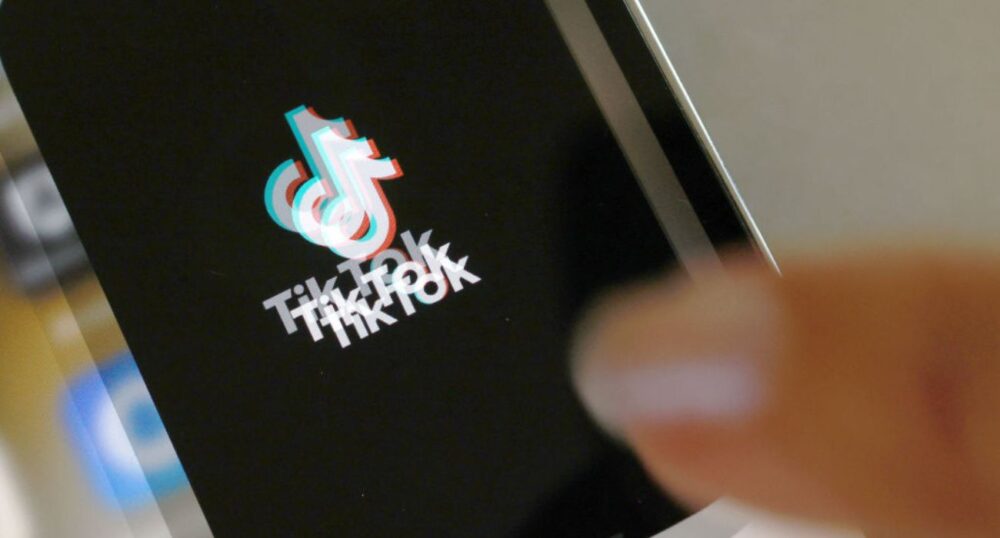Now that the United States has signed a law that will ban TikTok unless it is sold within a year, Americans can look to India, which booted the app four years ago, as an example of the after-effects.
President Joe Biden signed legislation (as part of the larger $95 billion package that includes foreign aid for Ukraine and Israel) on Wednesday that will ban TikTok if ByteDance, its parent company, does not sell the platform. India banned the app back in 2020.
In June of that year, amid escalating tensions along the India-China border, India swiftly banned TikTok and several other Chinese apps, citing concerns over privacy, sovereignty, and security, per the Associated Press. The move, following a military clash that resulted in casualties on both sides, garnered significant public support, with calls for boycotting Chinese products echoing across the nation.
However, with a population of 1.4 billion, the nation had a robust TikTok user base of 200 million. This means that the move to ban TikTok occurred when India had established itself as the primary market for the platform. For some TikTok users, the app had offered opportunities for stardom and wealth.
“I cried and cried,” recalled one of them, Veer Sharma, who was forced to say goodbye to his 7 million followers and an enterprise bringing him roughly $1,200 a month, per the New York Times.
While the transition was not without challenges, many users successfully adapted to new platforms, albeit acknowledging the distinctiveness of TikTok’s hyperlocal content. In time, Google’s YouTube Shorts, Instagram’s Reels, and more stepped in to fill the gap left by TikTok.
India now stands as the largest market for both YouTube, boasting nearly 500 million monthly users, and Instagram, with 362 million users. This user base surpasses the number of users each platform has in the United States by approximately twofold. However, according to NYT, despite the expansive user base, these platforms generate significantly lower revenue for content creators in India than in the U.S.
Reflecting on India’s ban, digital policy expert Nikhil Pahwa spoke to AP about the prevailing thought driving it: India could not in good conscience allow Chinese entities to operate there amid ongoing geopolitical tensions between the two nations. Yet Pahwa quickly pointed out the dissimilarities between the Indian and American situations.
While the U.S. legislation institutes a similar ban to India’s, it has notable differences in timeline. Unlike the latter’s swift prohibition, the U.S. legislation grants ByteDance a nine-month grace period for divestment, with a possible three-month extension period if progress is being made toward a sale.
Additionally, “In India, TikTok decided not to go to court, but the U.S. is a bigger revenue market for them. Also, the First Amendment in America is fairly strong, so it’s not going to be as easy for the U.S. to do this as it was for India,” he said, per AP.
TikTok has already made clear it plans to challenge the U.S. law, as reported by Reuters.
As covered in The Dallas Express, U.S. TikTok users had rallied in defense of the app, with a protest organized last week in Washington, D.C. There are an estimated 170 million Americans with accounts on TikTok.

